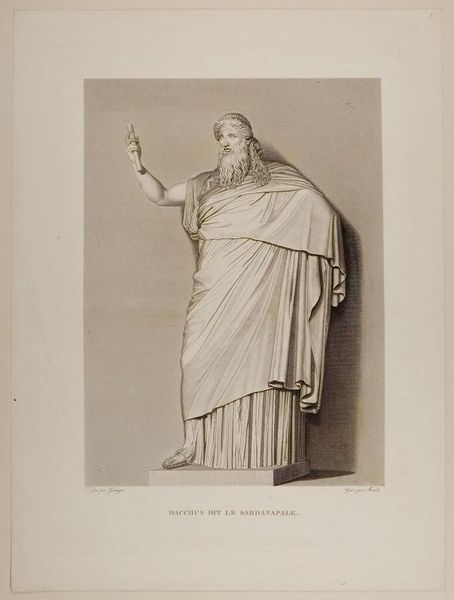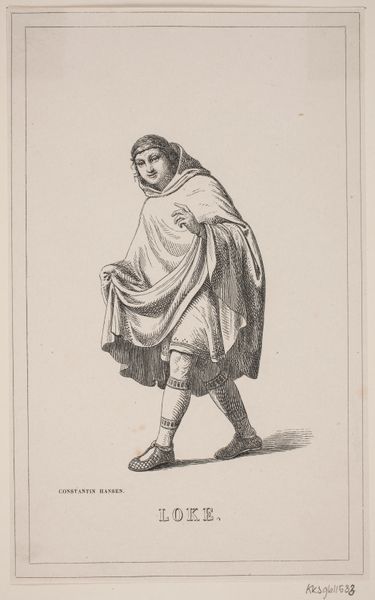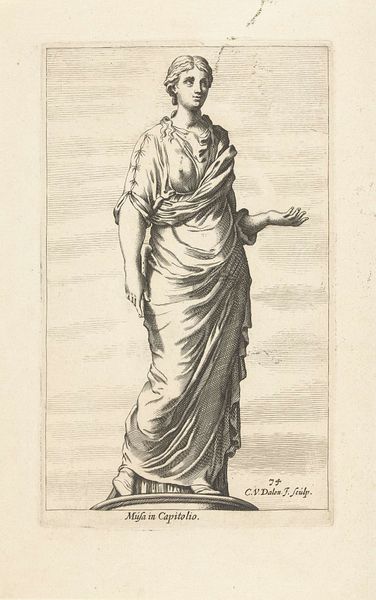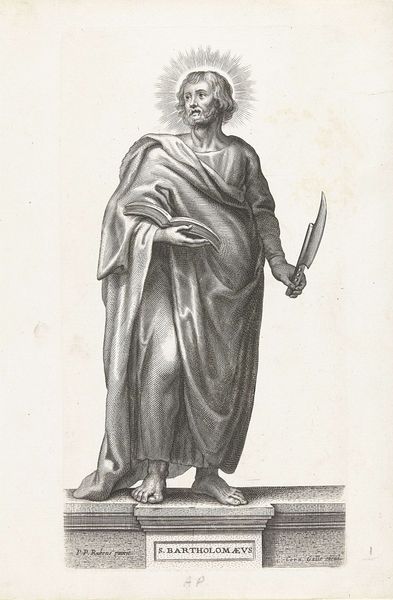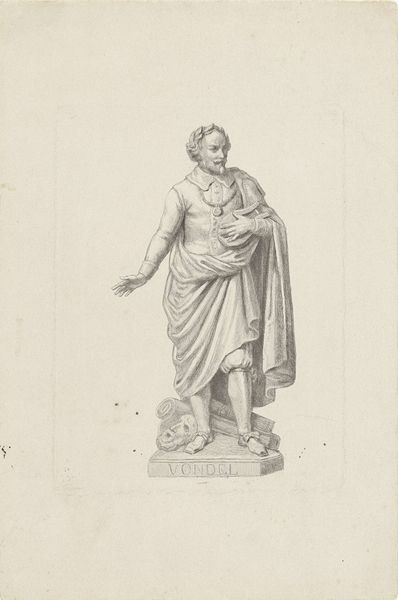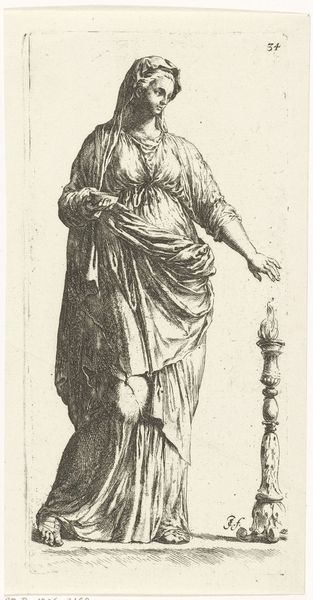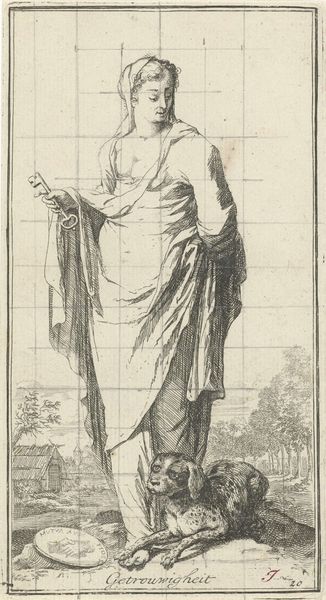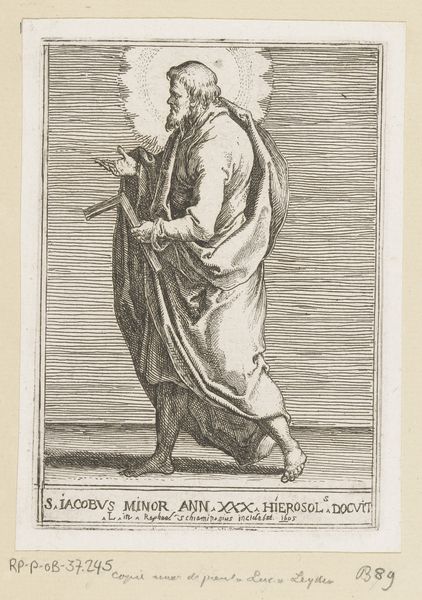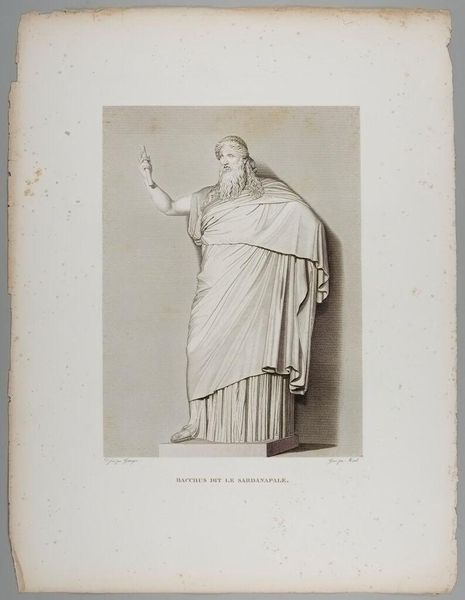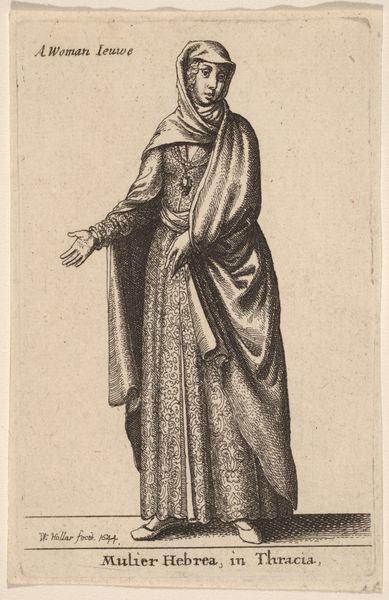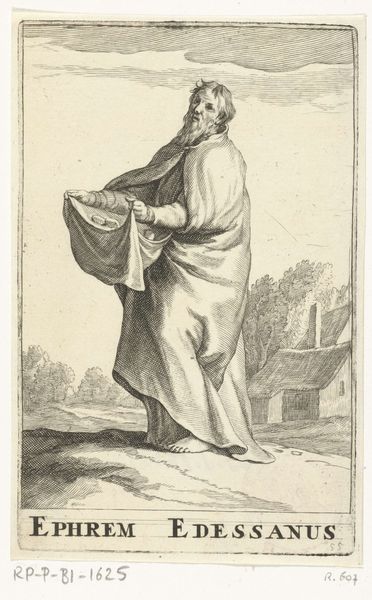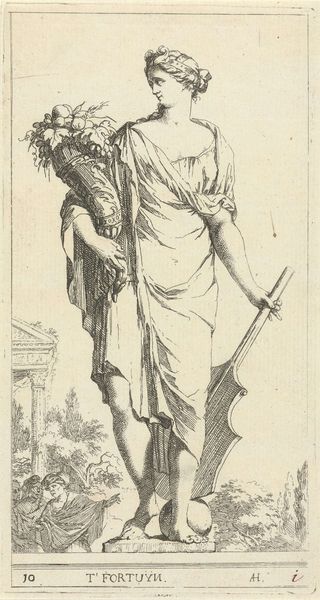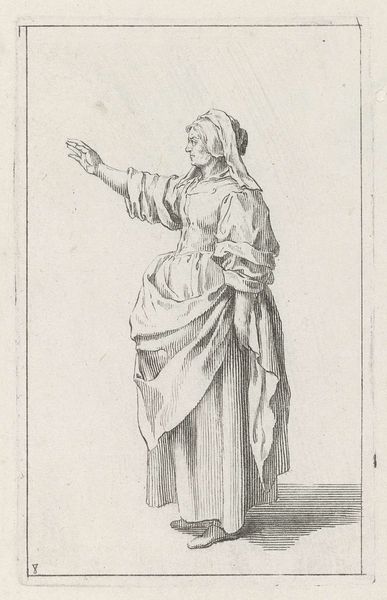
drawing, print, engraving
#
portrait
#
drawing
# print
#
genre-painting
#
academic-art
#
engraving
#
realism
Dimensions: height 214 mm, width 154 mm
Copyright: Rijks Museum: Open Domain
Editor: Here we have Mathias de Sallieth’s “Bedelares,” likely created between 1772 and 1833. It's a drawing or print, possibly an engraving. The figure's poverty is very stark, but her gaze seems almost accusatory. How do you interpret this work through its historical context? Curator: It's crucial to understand this image as part of the broader public discourse around poverty and charity during that period. Representations of beggars weren’t simply observations; they played a role in shaping social attitudes. Didactic images like these might aim to evoke pity, but also served to reinforce class distinctions and norms regarding acceptable forms of public behaviour. Consider who commissioned and consumed prints like these. Were they meant for private collections, or for wider dissemination to influence public opinion? Editor: So, the act of depicting her poverty is itself a political act? Curator: Precisely. The realism reinforces an objective truth, but who defines that truth? How are institutions using imagery to advance public causes or critique authority, and what social or historical insights emerge from such endeavors? What choices did the artist make in portraying her clothing, her stance, and her gaze? Editor: I notice her clothes have patches and rips, yet she maintains a certain… dignity. Is that intentional, to perhaps temper judgment? Curator: Possibly. The artist seems aware of how this figure will be perceived, carefully balancing realism with a composed presentation. This balancing act likely speaks to prevailing social codes regarding the 'deserving' versus the 'undeserving' poor, distinctions that deeply shaped charity and social welfare practices at the time. Editor: That’s fascinating! I had not considered the power dynamics embedded in such a seemingly simple portrait. It really highlights how art reflects and influences the political and social landscape. Curator: Exactly! It is imperative to think of art as entangled with other systems. Understanding how an image like this circulates and its role within institutions gives it further depth and dimension.
Comments
No comments
Be the first to comment and join the conversation on the ultimate creative platform.
